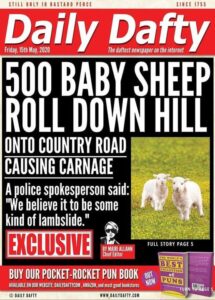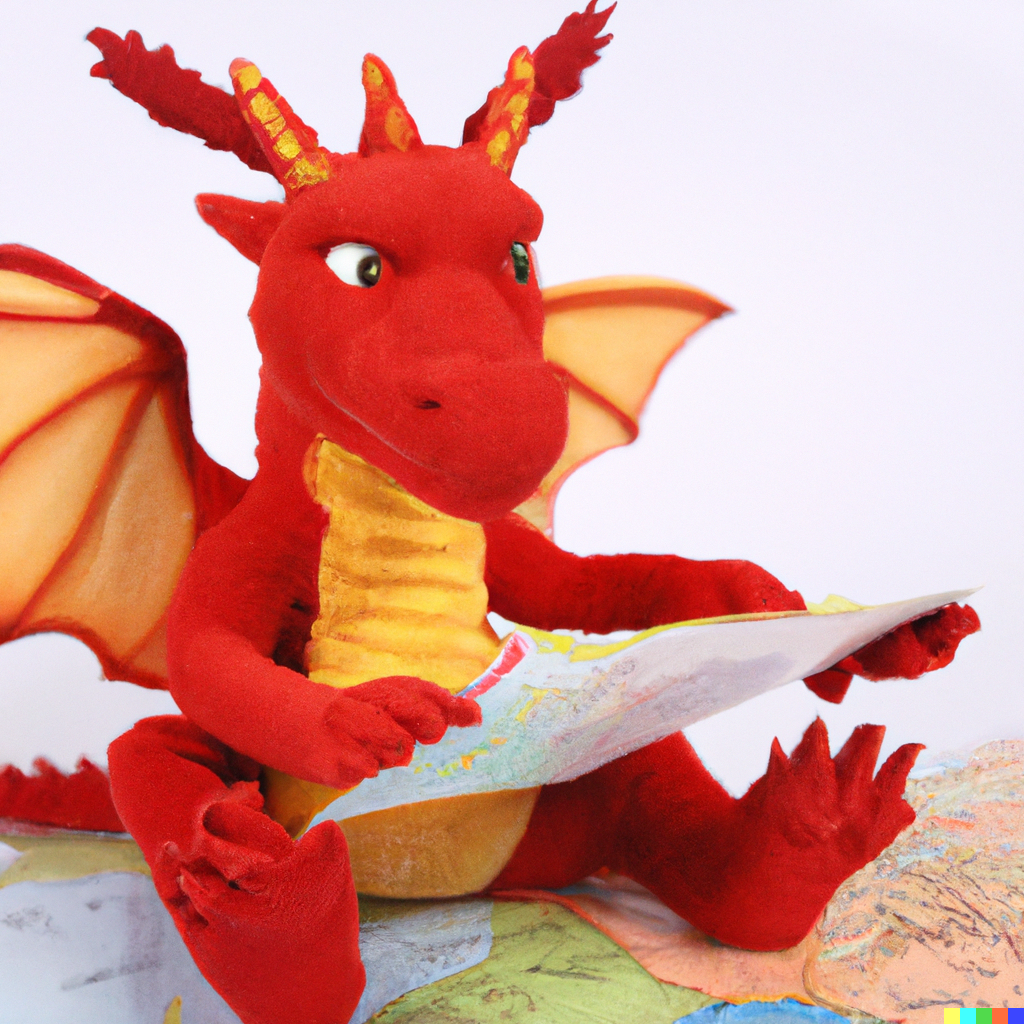From South Wales Police:
Incidents involving knives can have tragic consequences. Knife crime is not a part of everyday life in South Wales, but we recognise the importance of taking action to prevent a problem occurring.
Operation Sceptre is our approach to tackling knife crime, and associated issues of serious violence and illegal drugs.
Our work includes both targeted operations and engagement and education to reassure young people they are safer not carrying knives.
We work alongside partner organisations to support our aims of keeping South Wales safe from knife crime.
If you have suspicions that someone may be carrying a knife, or involved in drugs, you can contact police on 101, or Crimestoppers anonymously on 0800 555111.
Assistant Chief Constable David Thorne said:
“Levels of knife offences in the UK have risen over the last few years, and South Wales is no different to anywhere else in that respect.
“Thankfully, levels of those offences remain lower here than many other parts of the UK, and, generally, South Wales is a safe place to live, to work, and to be.
“But even one instance of knife crime is one too many, and tackling the harm that knife crime causes is an absolute priority for South Wales Police. The effects using a knife can have are devastating, and those who carry a knife need to remember the impact their actions could have for themselves, for others, for their family and friends, and for the wider community.
“We are here to keep people as safe as possible, and – under the banner of Operation Sceptre – our teams are working hard every day to reassure our communities and to disrupt the small minority who are intent on carrying knives, especially where the most vulnerable are put at risk. Our dedicated Op Sceptre teams are having a really positive impact, and we are also using stop-search in a fair and proportionate manner to ensure our streets are as safe as possible.
“However, we are also determined to address the root causes of knife crime, and are working closely with the Wales Violence Prevention Unit and other partners – including education services and trading standards – as part of a public health approach to the issue of knife crime, to prevent people from carrying knives in the first place.
“We also engage with members of the community, including young people, to emphasise the fact that picking up a knife is always the wrong choice. Not only will carrying a knife not protect you, but it will actually make you much less safe. If someone gets involved in an incident and pulls out a knife, that knife could be used against you. Instead, the right decision is not to carry a knife in the first place.
“Please think about this if you carry a knife. Please think how you would feel if someone you care about saw you carrying a knife, copied you, and something later happened to them. Please think about how your future could be ruined if you are caught carrying or using a knife.
“If you have concerns about knife crime, or you think someone might be carrying a knife, please have a conversation with them. Please also speak to us if you think someone is carrying a knife – it can be difficult, but it will help ensure that that weapon can’t be used to cause serious injury, or worse.
“If you prefer, you can contact Crimestoppers, completely anonymously. Crimestoppers never ask for any personal information, and won’t track your device. But passing any information to police or to Crimestoppers could help take a knife off the street – and, ultimately, could save a life.”
Know the law: You may be breaking it without even realising.
It’s illegal to:
- sell a knife to anyone under 18, unless it has a folding blade 3 inches long (7.62 cm) or less
- carry a knife in public without good reason, unless it has a folding blade with a cutting edge 3 inches long or less
- carry, buy or sell any type of banned knife
- use any knife in a threatening way (even a legal knife)
- Any sharp instrument that is used in a threatening way (e.g. a screwdriver) is also an offensive weapon.
Police officers have the right to stop and search any person or vehicle if they suspect an offence, including possession of an offensive weapon.
The risk that someone you know may be carrying a knife or may be affected by knife crime can be very worrying and raise many questions.
Advice for parents
The best way to keep young people safe is to talk to them about the danger.
Talking can be difficult, but keep trying. Your son or daughter may be scared or unwilling to talk. Maybe they think they need to carry a knife because they feel threatened.
Look out for:
- Problems at school or a reluctance to go to school
- Issues of bullying or theft of personal items
- A new network of friends
- You may suspect that your son or daughter is carrying a knife. For example, you may discover a knife is missing from the kitchen.
Advice for students
It is illegal to carry a knife even if it’s for your own protection. Police, and teachers at school, can search anyone suspected of carrying a knife.
By carrying a knife, you could get a criminal record or even a prison sentence. This will have an impact on future job prospects and whether you’re able to travel abroad to some countries.
Carrying a knife significantly increases the risk to you being injured. Your own knife can be used against you or someone may attack you in ‘self-defence’.
How would you feel if a younger brother or sister carried a knife because they had seen you do it, and something happened to them as a result?
Using a knife, even in self-defence, can ruin your life as well as someone else’s. Even being there when someone else uses a knife can get you in trouble.
Walk away if you are confronted with the threat of violence.
Tell somebody you trust – a parent, teacher, friend or the police.
You can also report anything you know about knife crime 100% anonymously via Fearless.
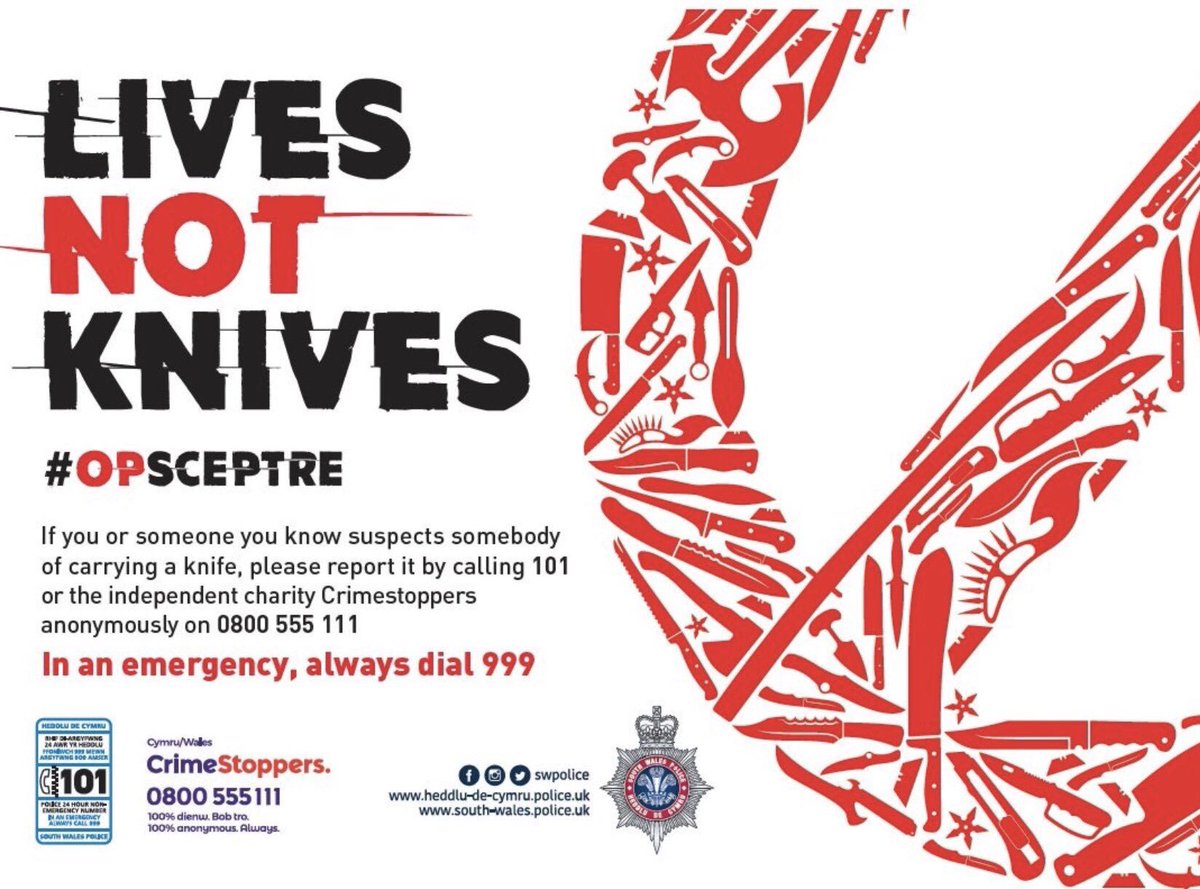
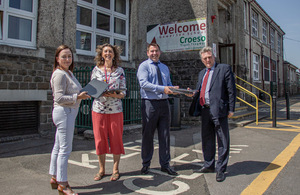
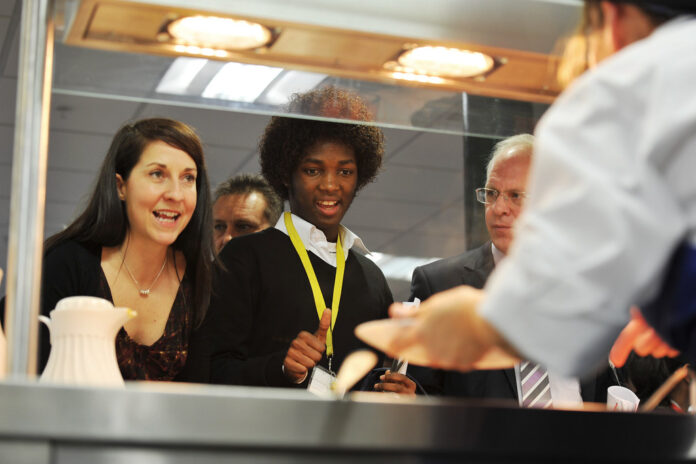
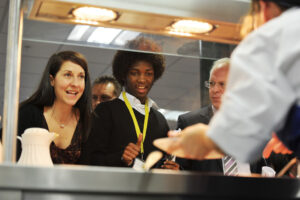

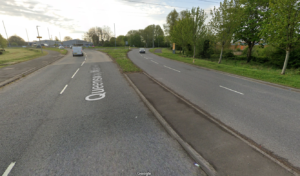

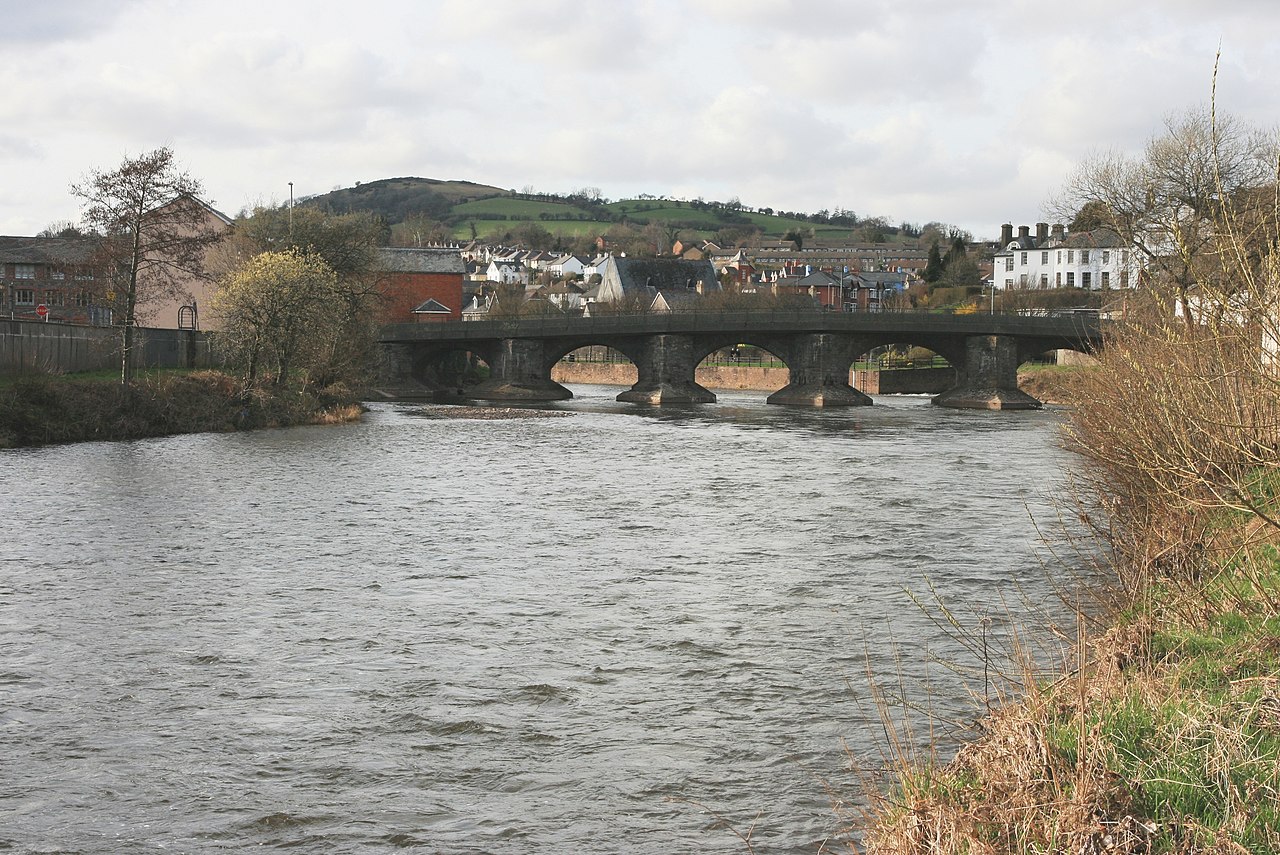
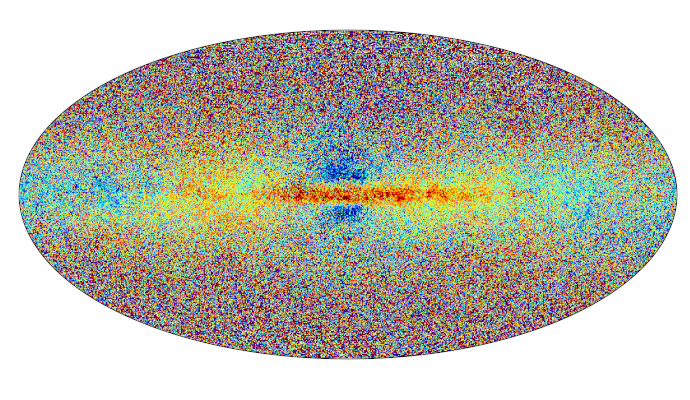


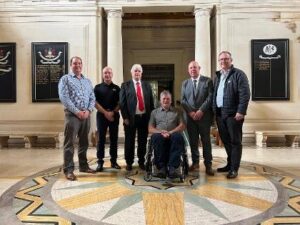 Design work, land assembly and funding discussions are all on-going which, once finalised, would pave the way for a planning application.
Design work, land assembly and funding discussions are all on-going which, once finalised, would pave the way for a planning application.

